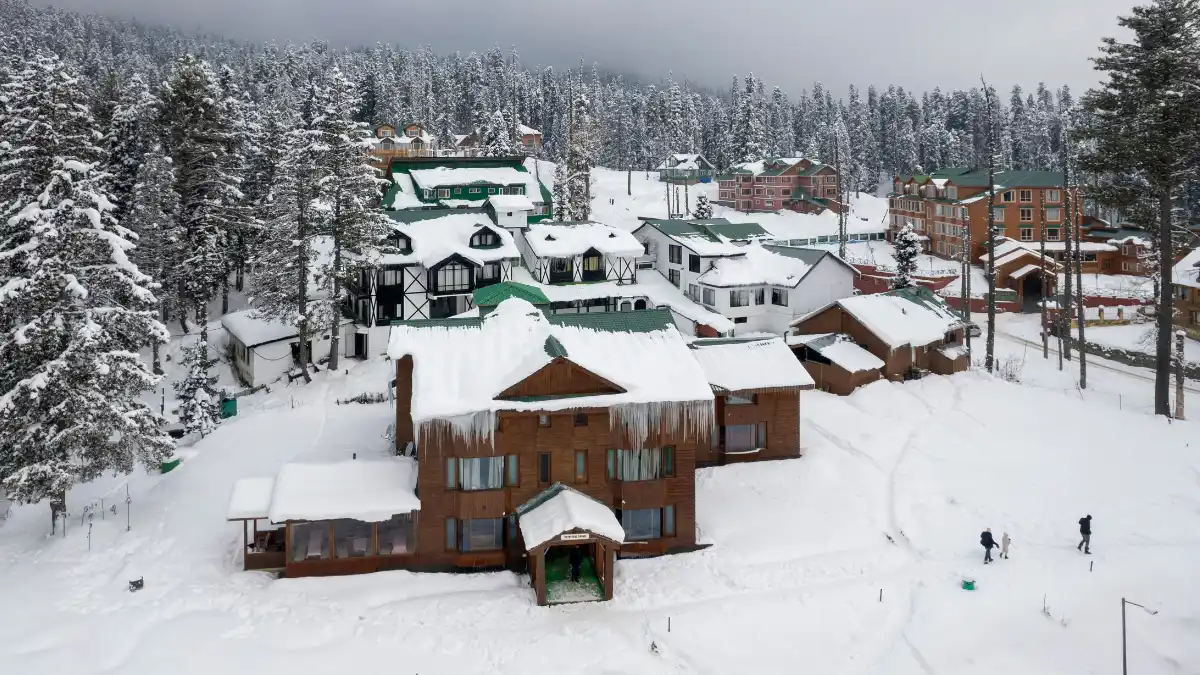Are you tired of paying $300 for a lift ticket just to wait 40 minutes in a lift line? Do you find the runs are all skied-out by 10 AM? You’re not alone.
The rise of the “mega-pass” has sent huge crowds to the same few mountains. For many, skiing feels less like an adventure and more like a crowded theme park.
But the true soul of U.S. skiing is still out there. It’s found at the independent, local-favorite mountains. This article shows you 14 underrated U.S. ski resorts that seasoned skiers love.
They prize these spots for their deep snow, challenging terrain, and authentic culture. And they often cost a fraction of the price. You’ll discover the best ski resorts without crowds and find your next great ski trip for 2025.
1. Grand Targhee, Wyoming
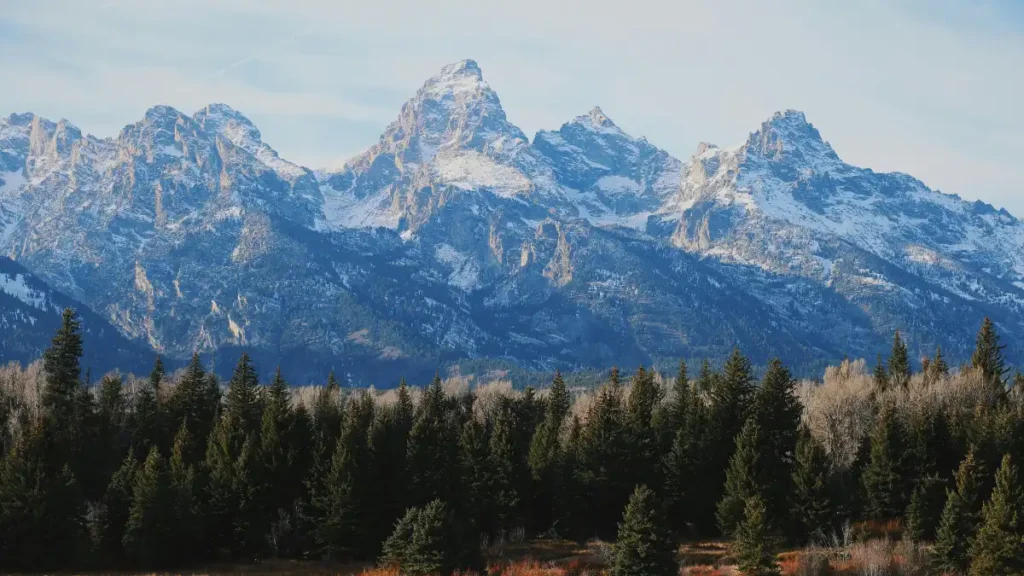
People call this the “anti-Jackson Hole.” It sits on the west side of the Teton mountains, a key difference that helps it trap over 500 inches of light, dry “cold smoke” powder.
While skiers at Jackson Hole wait 30 minutes or more on a powder day, lift lines at Targhee are often five minutes or less. It’s a true powder hound’s paradise with 2,600 acres of terrain that stays fresh all day.
- Best For: Powder hounds and anyone who hates waiting in lift lines.
- Actionable Tip: Fly into Idaho Falls (IDA) or Jackson (JAC) for the easiest access.
- Don’t Miss: The incredible cat-skiing operation for guaranteed fresh tracks on a huge expanse of terrain.
SKI RESORT GUIDE
Powder hounds and anyone who hates waiting in lift lines.
Fly into Idaho Falls (IDA) or Jackson (JAC) for easiest access.
The incredible ..
2. Powder Mountain, Utah
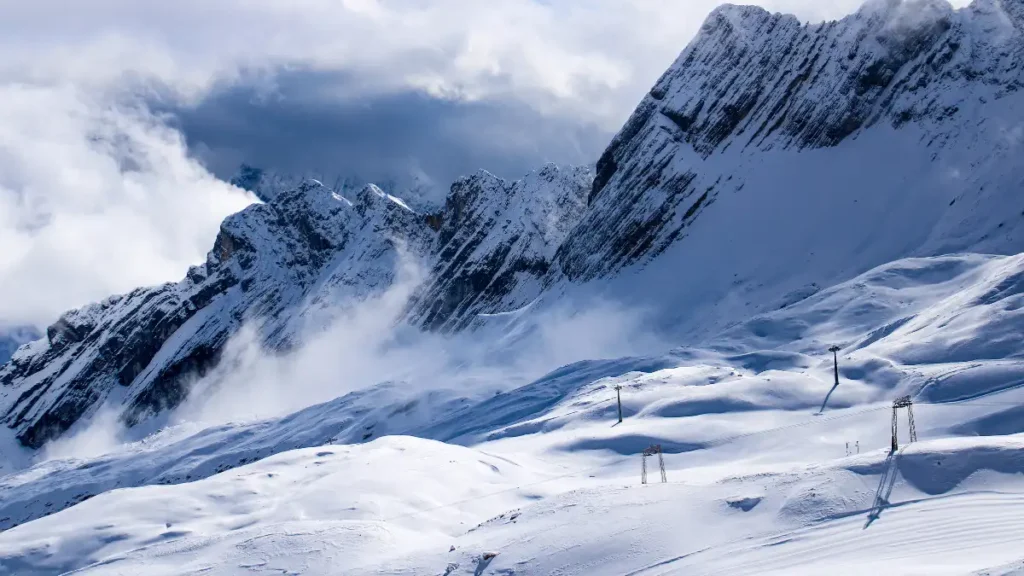
This resort is the ultimate “ski resorts without crowds” example, and the proof is in their policy. They cap all daily lift ticket sales at 1,500 on a massive 8,464 acres of terrain. This means you get about 0.17 skiers per acre, giving you 10 times the space of a typical crowded resort.
This isn’t a marketing trick; it’s a core part of their identity.
- Crucial Tip for 2025: You must book tickets online, far in advance. They sell out quickly.
- Average Snowfall: 500+ inches.
- Best For: Finding completely empty runs and enjoying a side-country adventure feel.
Book tickets online, far in advance. They sell out quickly!
500+ inches
..
3. Wolf Creek, Colorado
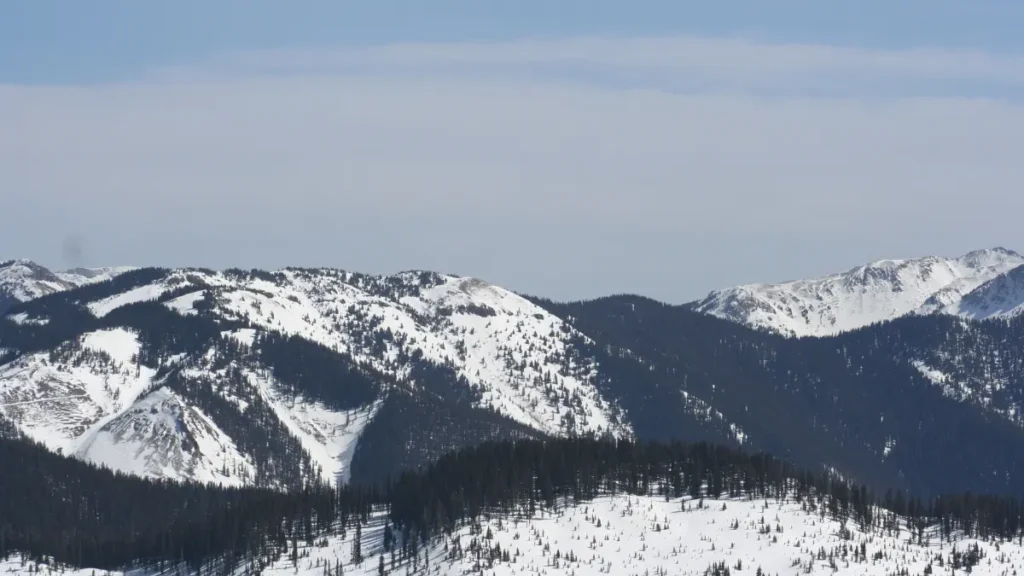
Wolf Creek’s slogan is “The Most Snow in Colorado,” and it’s true. It consistently gets over 430 inches of snow a year. Its remote location, a 4-hour drive from Denver, is what keeps it a secret and filters out the day-trip crowds.
This is why a walk-up lift ticket (est. 2025) might be around $95, while a mega-resort charges $250+. It is famous for its incredible tree skiing and a simple, “no-frills” vibe.
- Best For: Deep powder, amazing tree skiing, and getting the best value for your money.
- Average Snowfall: 430+ inches.
- The Vibe: A simple, old-school resort that is all about the snow, not the shopping.
OLD-SCHOOL VIBES
Deep powder, amazing tree skiing, and best value for money.
430+ inches
All about the snow, not the shopping.
4. Loveland Ski Area, Colorado
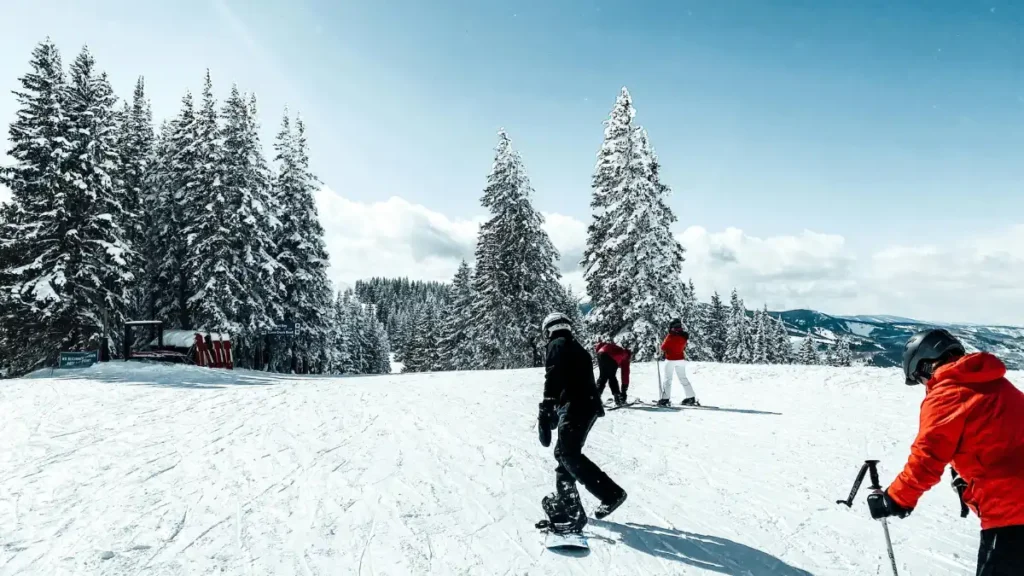
It is the I-70 local’s secret. Loveland sits right on the Continental Divide, so it catches snow from all directions and offers amazing high-alpine bowl skiing. It rivals the terrain at its famous neighbors but without the crowds.
Why? It has no “resort village.” There are no condos or fancy restaurants. It’s just a mountain built purely for skiing, which is why it’s cheaper and less crowded.
- Best For: Experts making a day trip from Denver who want big-mountain terrain.
- Average Snowfall: 422 inches.
- Free Bonus: The “Ridge Cat” offers free cat skiing along the high ridges.
EXPERT TERRAIN GUIDE
Experts making a day trip from Denver who want big-mountain terrain.
422 inches
The “Ridge Cat” offers free cat skiing along the high ridges.
5. Bridger Bowl, Montana
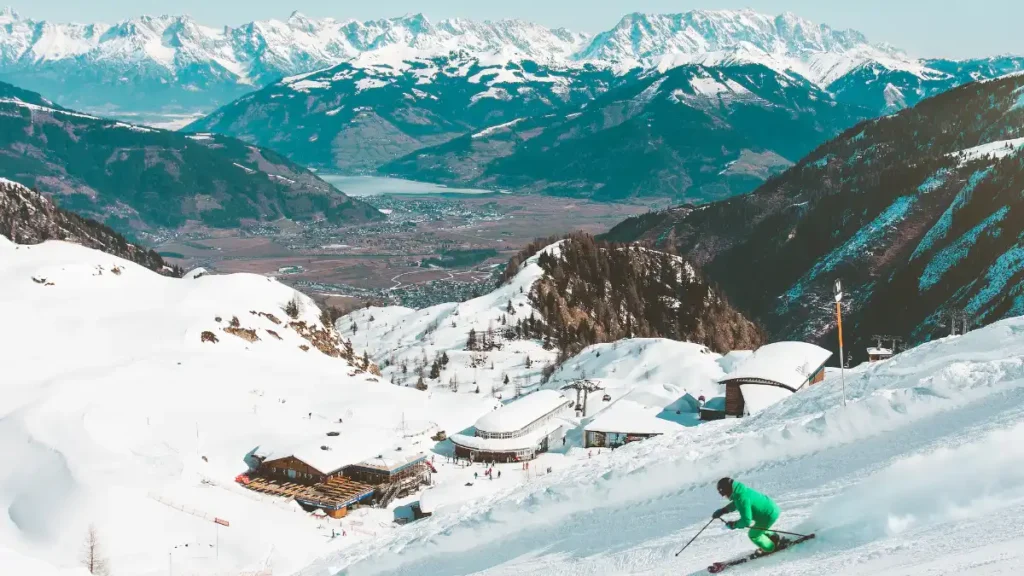
This is a non-profit, community-owned mountain where Bozeman locals ski. It’s famous for its light “cold smoke” powder and its expert-only area, “The Ridge.” The proof that it’s for serious skiers is simple: you must have an avalanche beacon just to get on the Ridge lift. This rule filters out anyone who isn’t prepared and keeps the best terrain for those who know what they’re doing.
- Best For: Hike-to expert terrain and finding a true, non-corporate local vibe.
- Average Snowfall: 350 inches.
- Actionable Tip: Take an avalanche safety class and bring a beacon. It’s worth it for the terrain.
6. Mount Baker, Washington
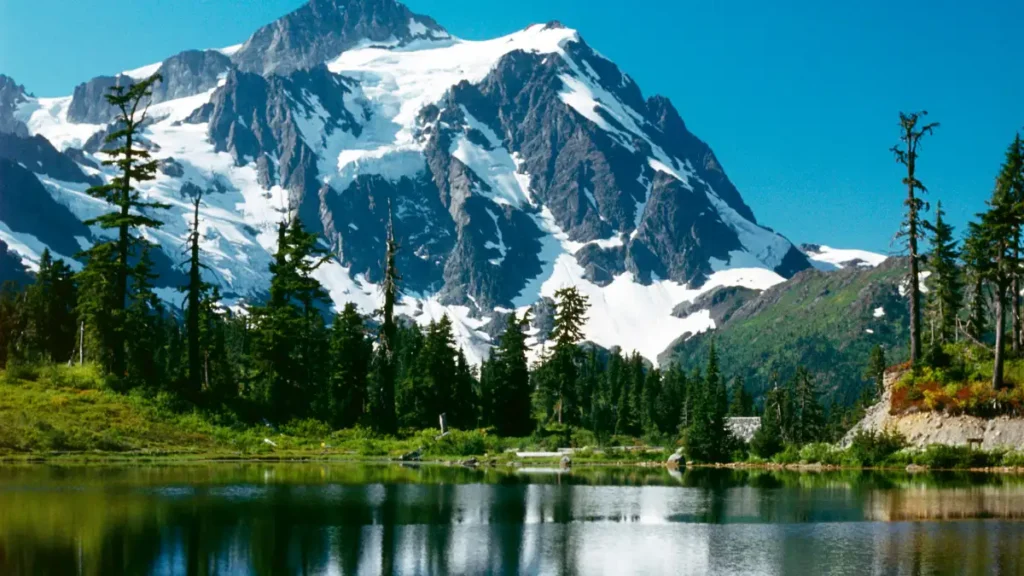
Mount Baker is a legend. It holds the world record for single-season snowfall (1,140 inches in 1998-99). That wasn’t a fluke; it averages over 660 inches of deep, maritime snow every year.
It is a raw, rugged “skier’s mountain.” You will not find much grooming here, only famous in-bounds “extreme” terrain. This is not a place for beginners.
- Best For: Experts, the deepest powder of your life, and raw, steep skiing.
- Average Snowfall: 660+ inches.
- The Vibe: An independent mountain that cares about deep snow, not high-speed quads.
⚠️ DEEP POWDER ALERT
-
Best For
Experts, deepest powder of your life, and raw, steep skiing.
-
The Vibe
An independent mountain that cares about deep snow, not high-speed quads.
7. Schweitzer, Idaho
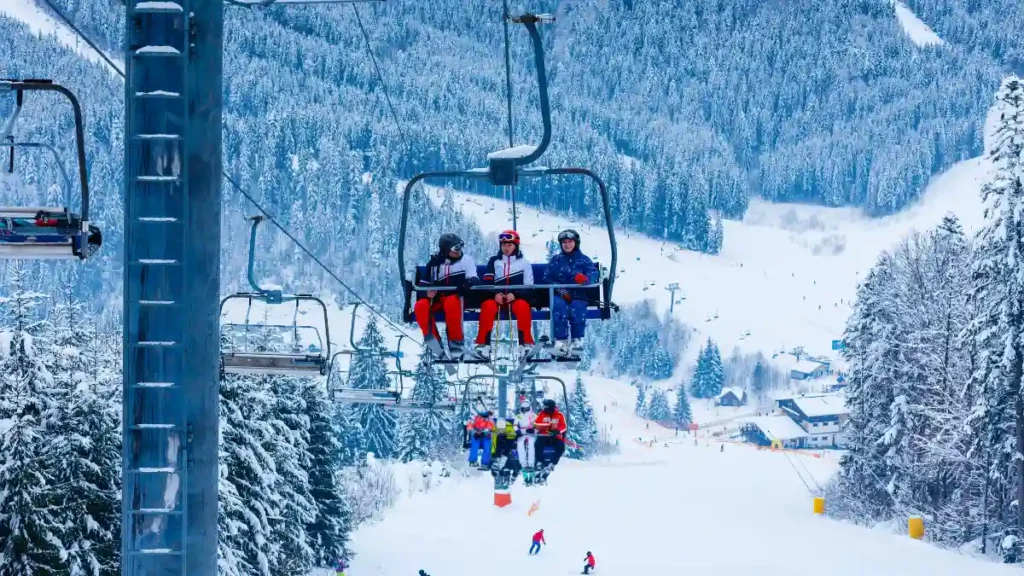
While many skiers head to Sun Valley, the smart ones go to Schweitzer. It’s massive, with 2,900 acres, but remains unknown outside the region. It offers incredible, wide-open bowl skiing and some of the best tree skiing in Idaho.
The views of Lake Pend Oreille from the summit are an amazing bonus. It’s the largest resort in Idaho, yet it feels like a local secret.
- Best For: Tree skiing, bowl skiing, and beautiful lake views.
- Average Snowfall: 300 inches.
- Actionable Tip: This is a great alternative to the crowded resorts in nearby British Columbia.
8. White Pass, Washington

It is a true local favorite ski resort and the mountain that produced Olympic medalists Phil and Steve Mahre. It has a great family vibe, but the terrain is surprisingly tough.
The “Couloir Express” chairlift opened up 767 acres of advanced and expert terrain with a 2,000-foot vertical drop that few people know about.
- Best For: Families who have both beginners and experts in their group.
- Average Snowfall: 400 inches.
- Actionable Tip: Ski the new expansion area on a weekday to feel like you have a private resort.
Family Resort Guide
Ski the new expansion on a weekday to feel like you have a private resort!
9. Sugar Bowl, California
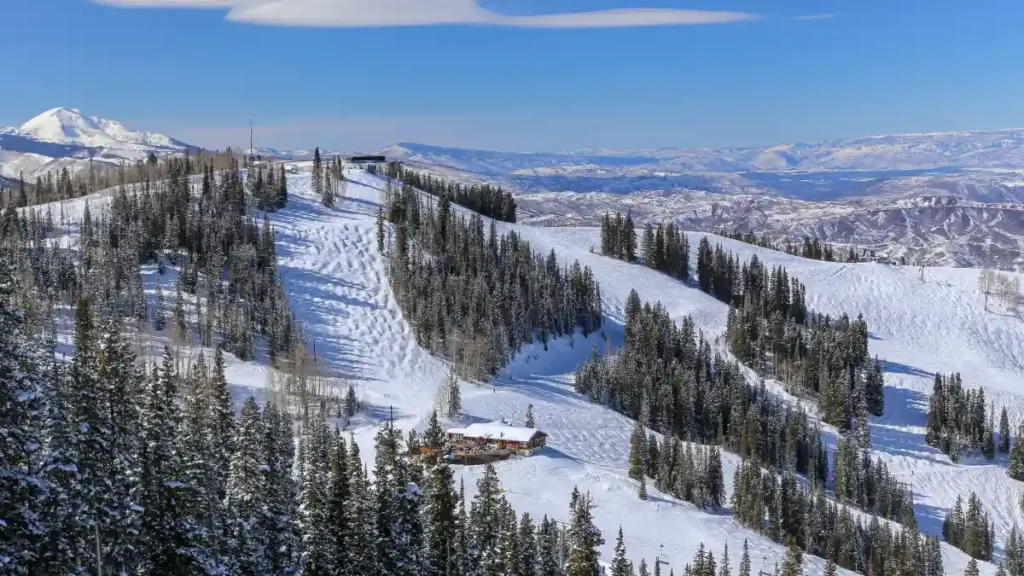
Many skiers drive right past Sugar Bowl on their way to the crowded Tahoe resorts. That’s a mistake. It’s one of the closest major resorts to the Bay Area and averages 500 inches of snow.
It’s one of California’s oldest resorts, and you access it via a scenic gondola, giving it a classic, old-school feel that’s hard to find.
- Best For: A classic ski feel, great snow, and easy-access side-country.
- Average Snowfall: 500 inches.
- Actionable Tip: On a powder day, stop here to avoid the Tahoe traffic and ski fresh tracks.
10. Taos Ski Valley, New Mexico
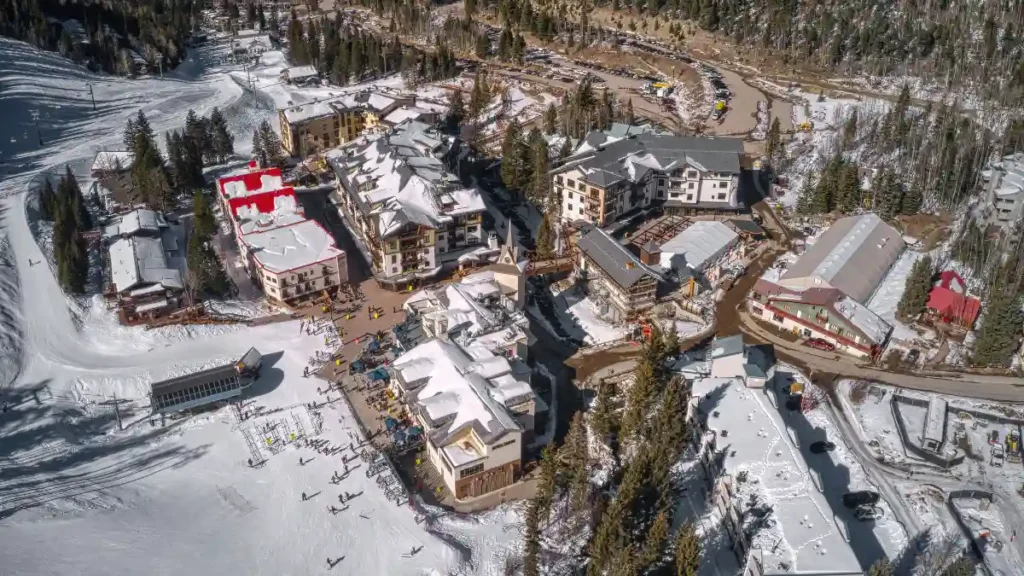
Taos is famous for its incredibly steep terrain, especially the runs off Kachina Peak. Over 51% of the runs here are rated “Expert.” It’s also a certified “B Corp,” meaning it focuses on sustainability, not just profit.
The culture is a unique blend of Native American, Spanish, and Anglo history, which you won’t find at any other ski resort.
- Best For: Experts, steep skiing, and a unique cultural experience.
- Average Snowfall: 300 inches.
- Actionable Tip: Fly into Santa Fe (SAF). Be ready for high altitude and challenging runs.
Expert Cultural Ski
300″
..
11. Jay Peak, Vermont
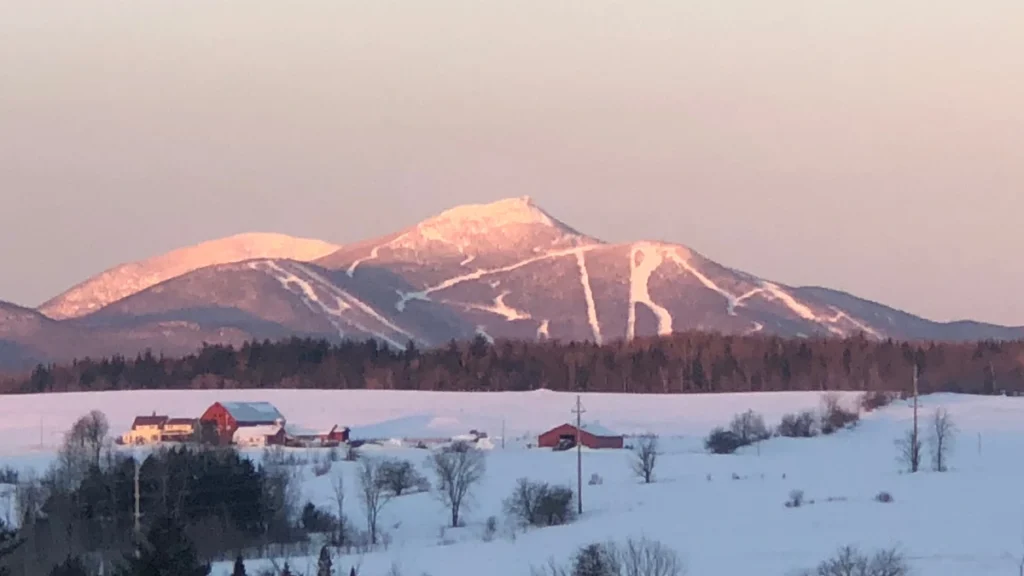
The secret at Jay Peak is the “Jay Cloud.” This resort’s location creates its own microclimate, dumping over 350 inches of snow a year. This is far more than most other Vermont resorts. It is famous for its glade (tree) skiing.
When it snows, the tree runs here are some of the best in the entire country.
- Best For: The best tree skiing on the East Coast, hands down.
- Average Snowfall: 350+ inches.
- Actionable Tip: If it’s snowing anywhere in New England, go to Jay. That’s where the most snow will be.
12. Smugglers’ Notch, Vermont
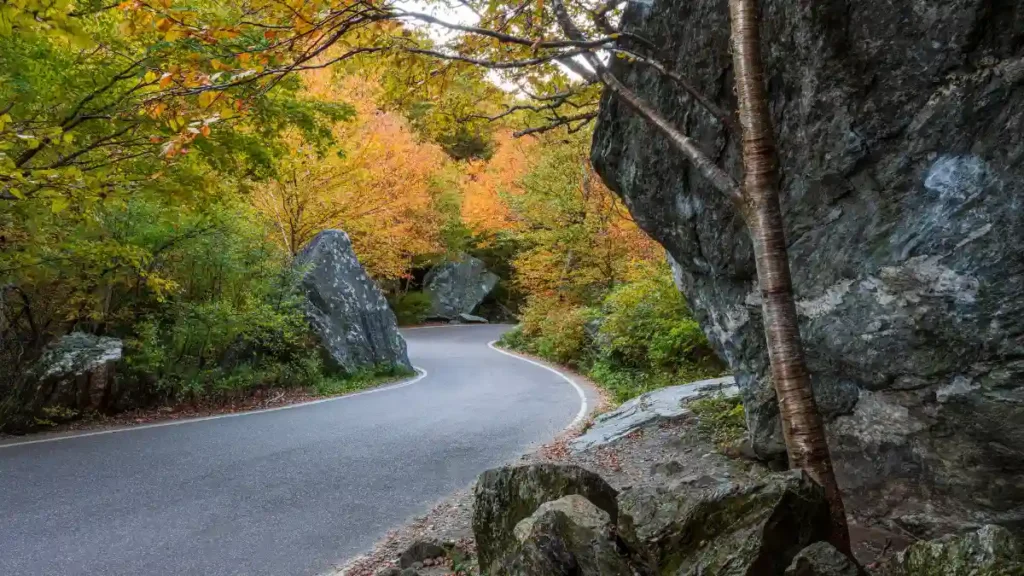
“Smuggs” is proudly independent and is not on the Epic or Ikon pass. This is on purpose. While it’s known as a great family mountain, its expert terrain is serious. The “Fab Five” runs on Madonna Mountain are some of the toughest, most old-school trails on the East Coast. Riding the old-school double chairs is part of its authentic charm.
- Best For: Tough technical terrain and a true, authentic ski feel.
- Average Snowfall: 280 inches.
- The Vibe: A true skier’s mountain, not a corporate resort.
13. Mount Bohemia, Michigan
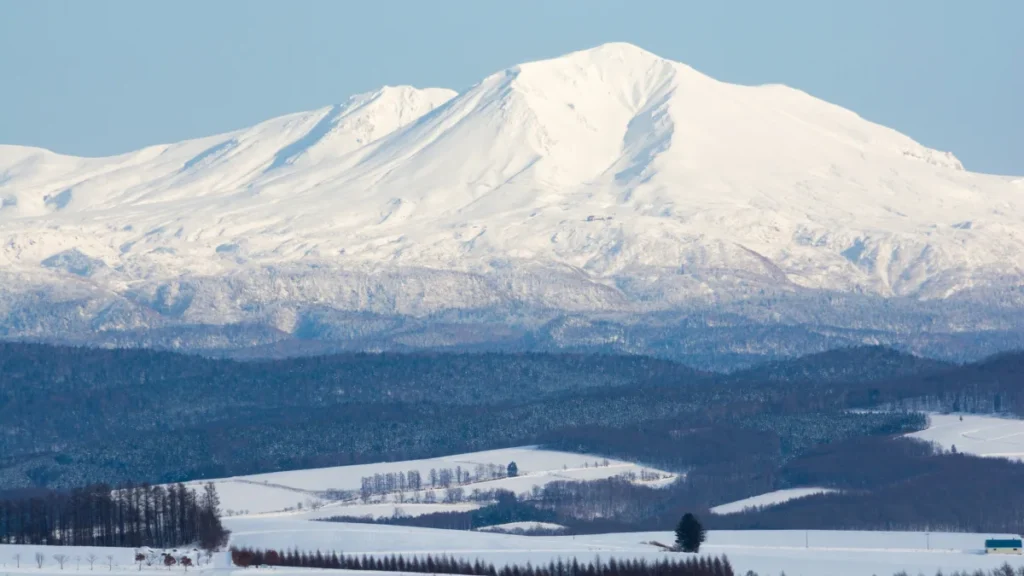
This Midwest mountain is not a joke. Mount Bohemia has a simple policy: No beginners allowed. No grooming. Ever. It is 100% expert, backcountry-style terrain. It has a 900-foot vertical drop, which is huge for the Midwest, and gets 270+ inches of lake-effect snow. You ski in small groups and get picked up by a bus, just like cat skiing.
- Best For: Experts only. Do not go here if you are not a confident expert.
- Average Snowfall: 270+ inches.
- The Vibe: A wild, raw, and amazing backcountry experience.
14. Alyeska, Alaska
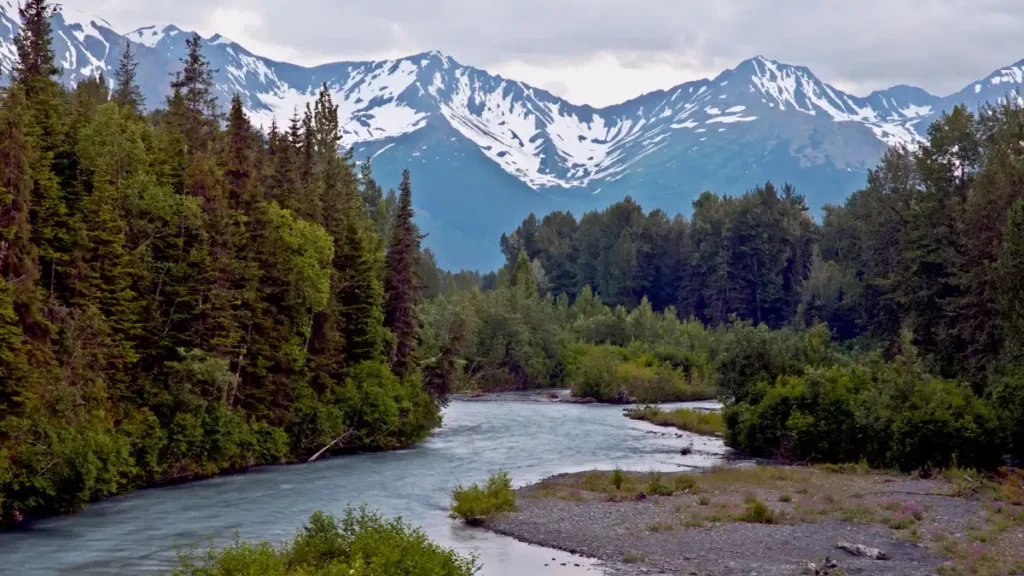
It is the bonus, under-the-radar pick. Because it’s in Alaska, most people forget Alyeska is a lift-service resort. But it is world-class. It gets a stunning 650+ inches of snow and offers steep, deep, big-mountain terrain. It’s like skiing the famous Chugach mountains, but with the convenience of a high-speed tram.
- Best For: Big-mountain adventure and incredibly deep snow.
- Average Snowfall: 650+ inches.
- Actionable Tip: Watch the weather and fly into Anchorage (ANC). This is a bucket-list mountain.
BUCKET LIST MOUNTAIN
Watch the weather and fly into Anchorage (ANC). This is a bucket-list mountain.

